I was obsessed with real-time ray tracing in Cyberpunk 2077, until playing it on an older laptop delivered a sorely needed slap to the face
The allure of pretty graphics, like the dark side of the Force, can be very powerful
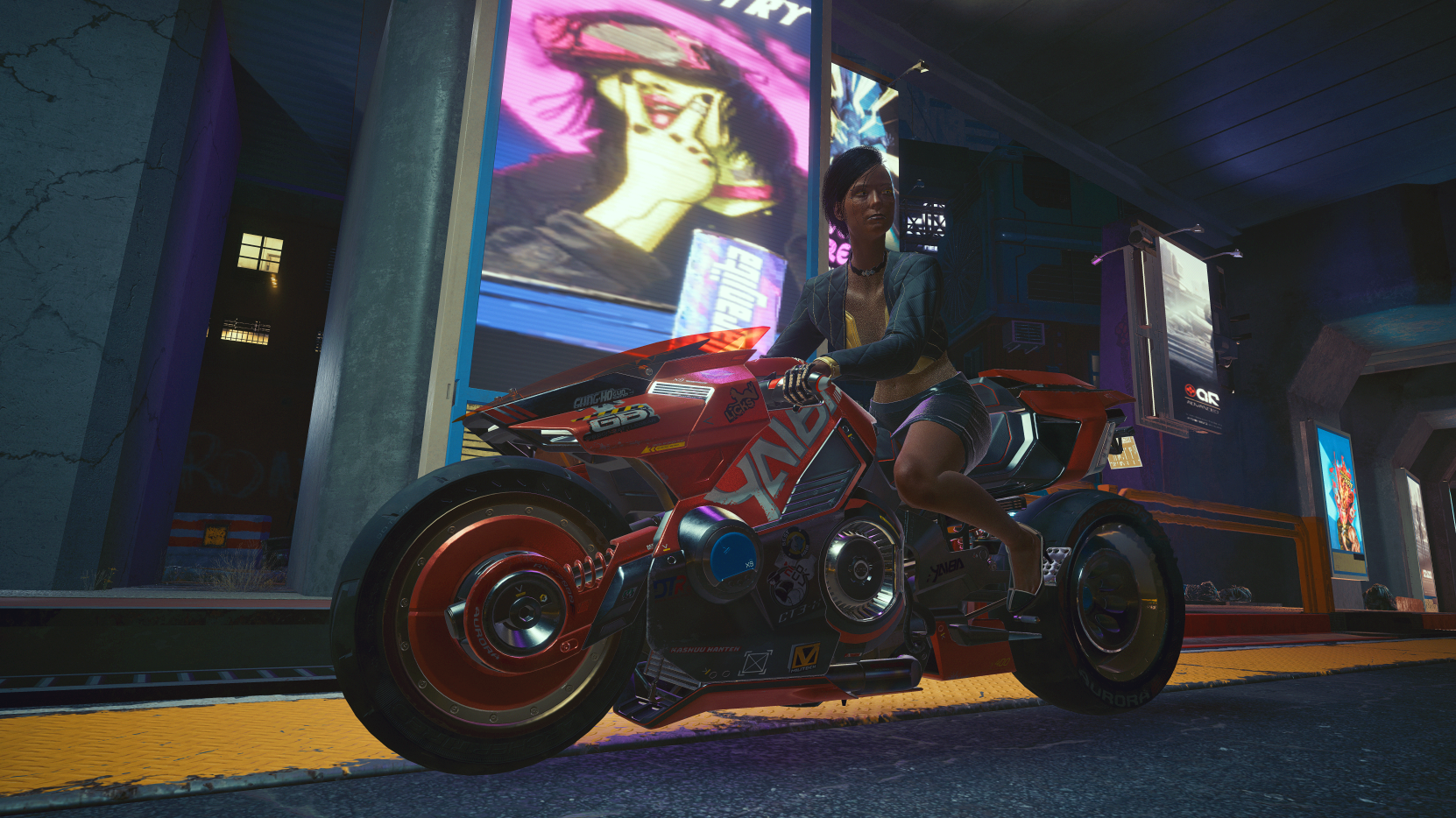
For a long time, no matter how hard I tried, and no matter how much of a performance hit my frame rate took in Cyberpunk 2077, I just couldn't bring myself to play without real-time ray tracing toggled on.
It got even worse when Overdrive Mode arrived. What's that?! Even more pretty lighting effects with an even greater impact on my frame rate? Sold.
Nvidia's Ray Reconstruction feature helped produce slightly better performance, but did nothing for the underlying issue that, while I could be playing this game at over 100 fps without ray tracing turned on, here I was chugging away around 30fps (and at times, god forbid, under 30fps).
Real-time ray tracing is well good, though, am I right? And there's no better showcase than Cyberpunk 2077, which has very much been a testbed for Nvidia's wizzy graphics tech. As someone who has been PC gaming since the mid-1990s, I'm genuinely astounded at how good this game looks with ray tracing turned on.
I've had plenty of graphical 'Wow!' moments in my time. From Outcast's expansive Voxel Engine-powered worlds and gorgeous glimmering pools of water, through to Crysis' jaw-dropping fidelity and atmospheric effects. However, it's fair to say that Cyberpunk 2077 with all its graphical bells and whistles turned on is on another level. It's just a shame that you need a god-tier expensive rig to enjoy it at a frame rate north of 60fps.

Regardless, I couldn't exactly not turn ray tracing on now could I? If the option is there to make my PC game look better then I'm going to take it, right? I imagine this is a struggle that a lot of other PC gamers are familiar with. The allure of pretty graphics and graphical effects, like the dark side of the Force, can be very powerful, even if it is at a detriment to your overall gaming experience.
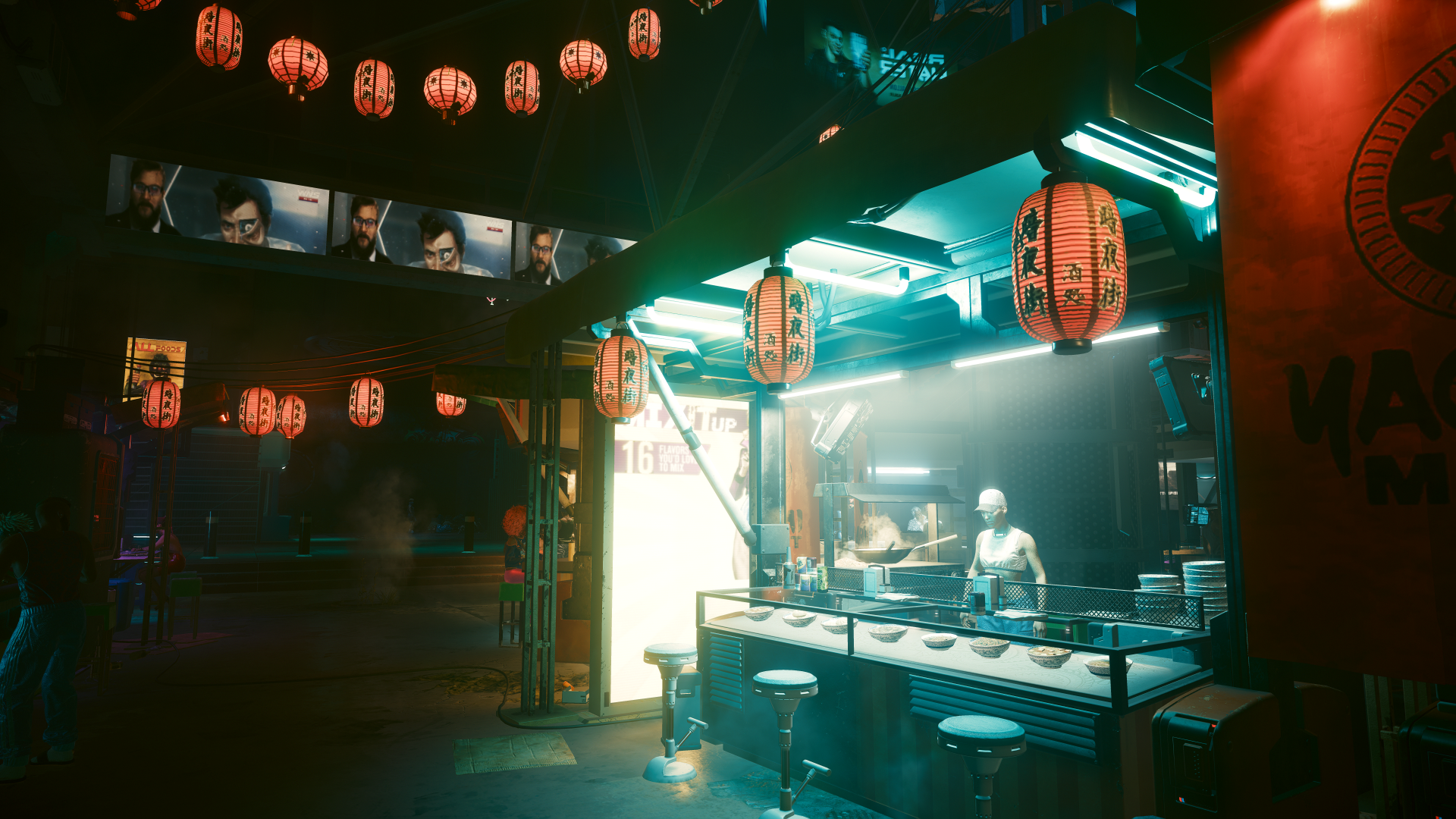
The thing is though, for a long, long time I've been very much a frame rate over resolution or effects guy. Give me a rock solid 60-120 fps any day of the week over a 4K resolution or slightly more volumetric fog. But for some reason real-time ray tracing in Cyberpunk 2077 had become my exception to this, the case where I just had to have it enabled. I think, somewhere down the line, how good Cyberpunk 2077 looks (in a Crysis-style game from the future kinda way) had become fundamentally entwined with ray tracing, so to not have it on would be to not experience the game as it was meant to be played.
The biggest gaming news, reviews and hardware deals
Keep up to date with the most important stories and the best deals, as picked by the PC Gamer team.
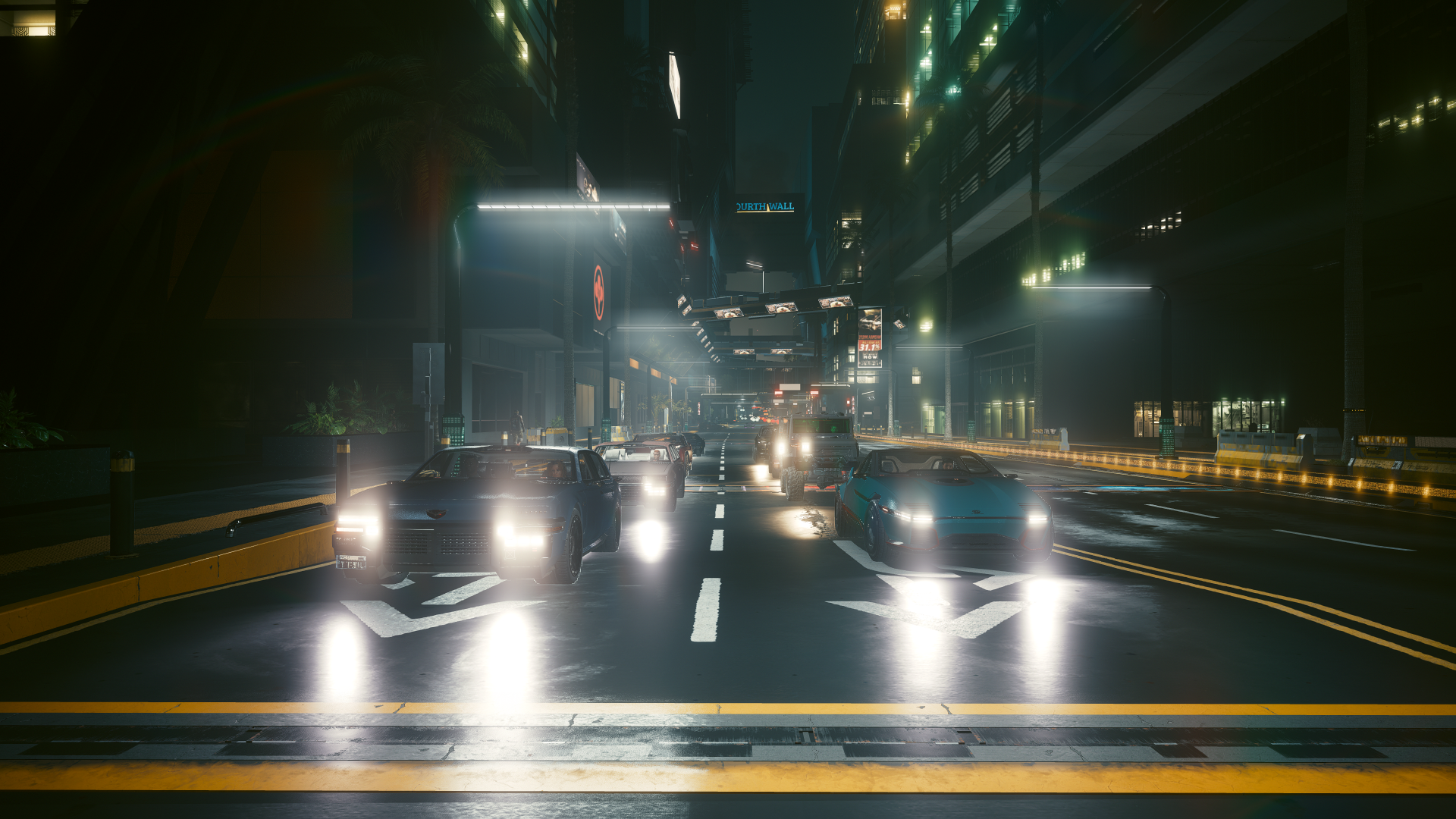
A bucket of cold water
That all changed though this month when, due to a crazy hectic schedule and a currently unfinished main PC project rebuild, I had no time to play Cyberpunk 2077 on my main PC, instead having to snatch 20 minutes of Phantom Liberty here and there on my old portable gaming laptop. This system was really tidy in terms of gaming back around 2017 when I picked it up, loaded with a Max-Q Nvidia GeForce GTX 1080 and a sharpish CPU, but now it was the only way I was going to be able to play Cyberpunk 2077. And, what's worse, the GTX card was not capable of any ray tracing goodness.
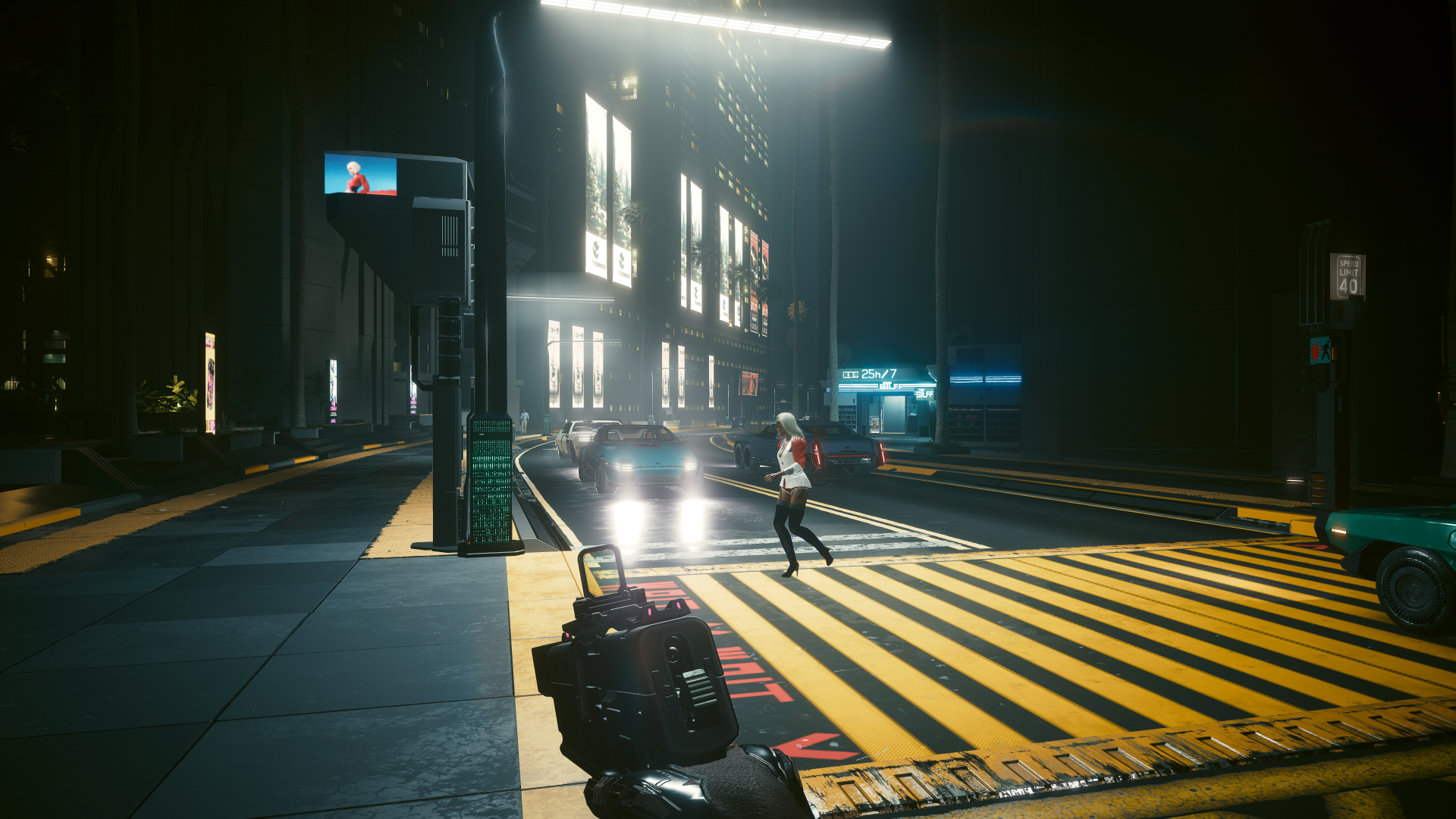
It was almost out of a sense of, 'I must see how terribly bad this looks' that I installed Cyberpunk 2077 on it and booted up the game. However, it was there, playing the game at 1080p, with no ray tracing, no DLSS, and a lot of the game's settings knocked down to medium or low, that I realised just how incredible Cyberpunk 2077 looks without any of the extra graphical baubles attached.
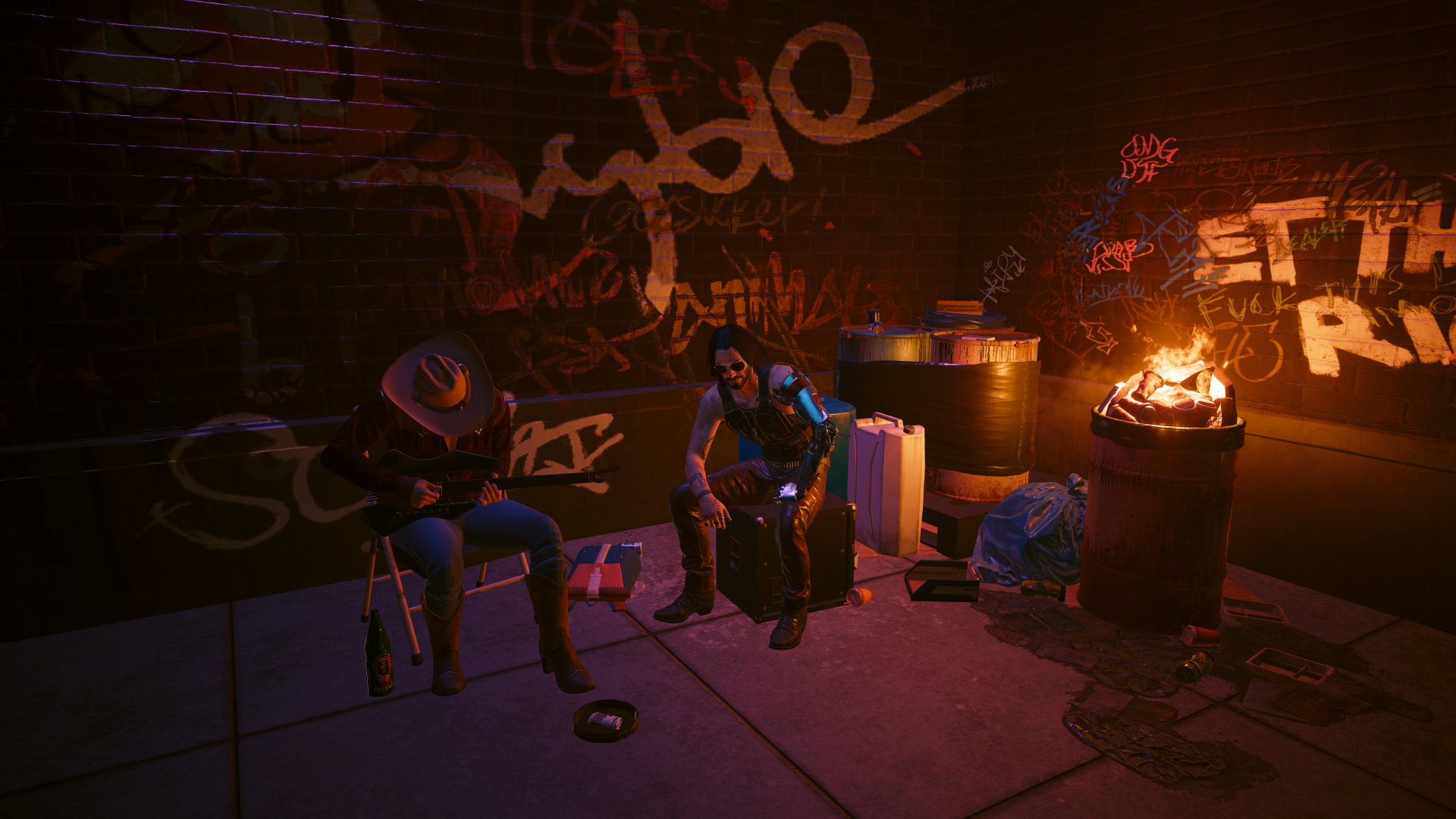
Even on day one of playing Cyberpunk 2077 I'd had some form of ray tracing turned on, and as such had never seen what a fantastic job CD Projekt Red did on making this world look incredible even without the high-end effects. And I'm not just talking about assets like characters, buildings and objects, either, but lighting too. The hand-placed, non-ray-traced lighting sources of old imbue this game with so much character that, while I can tell the difference between settings (and especially if I stop actually playing and look) I forgot about them incredibly quickly and just get sucked into enjoying Phantom Liberty.
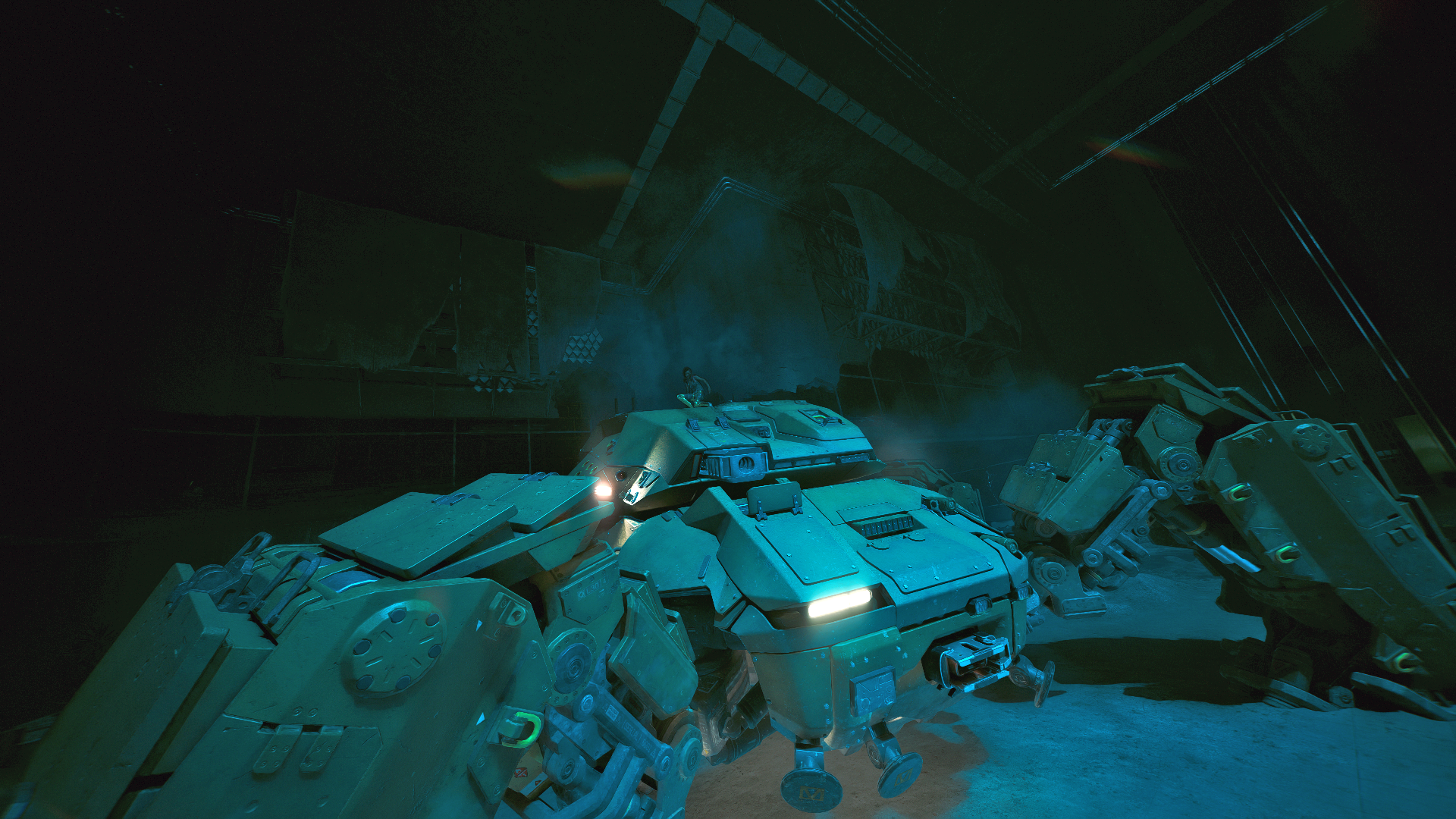
The intense, espionage thriller action and narrative of Phantom Liberty was in no way diminished by my lack of ray tracing, or indeed having every setting in Cyberpunk 2077's graphical options menu set to high. It was tense and visually punchy, with the ruinous Dogtown presented in its gritty glory both at day and at night. Trashcans glowed, the red eyes of drones gleamed, and when things got loud, muzzle flashes lit up combat arenas. All the while my V, along with her wheels and the various colourful characters around her (I'm looking at you Keanu and Idris), looked detailed and, well, full of life and character.
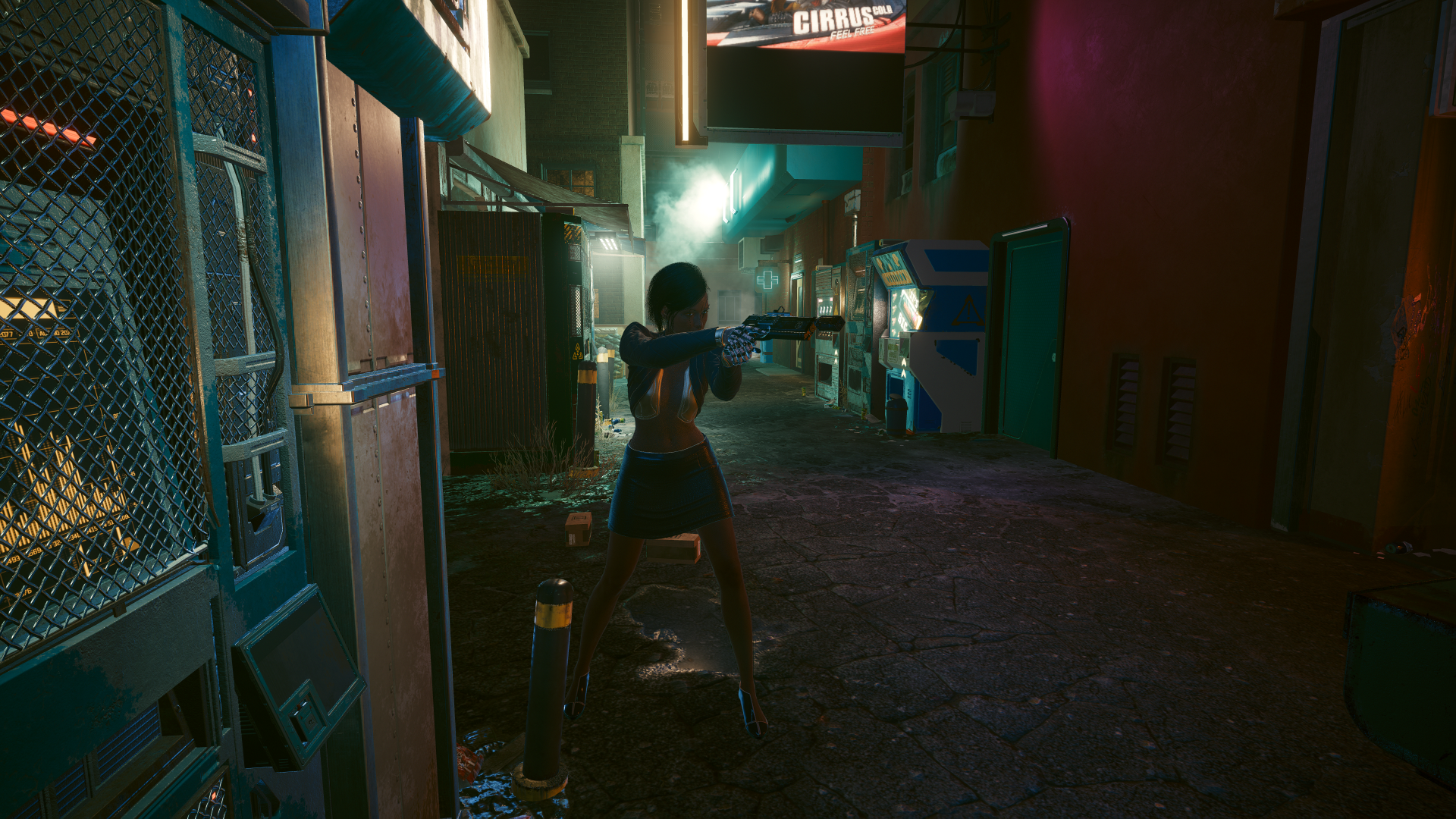
So, yes, real-time ray tracing is fantastic. I love it and I am genuinely excited to see how the technology evolves and, fingers crossed, is incorporated into Unreal Engine 5, which is the engine that will be used in most big-budget games over the next half-decade.
But, equally, my recent experience not using ray tracing has reminded me that in the grand scheme of what makes a gaming experience great, it is not the be-all-and-end-all I thought. It's a lovely shiny graphical cherry atop a gaming cake, and boy do I love cherries, but it's absolutely not something that defines these experiences.
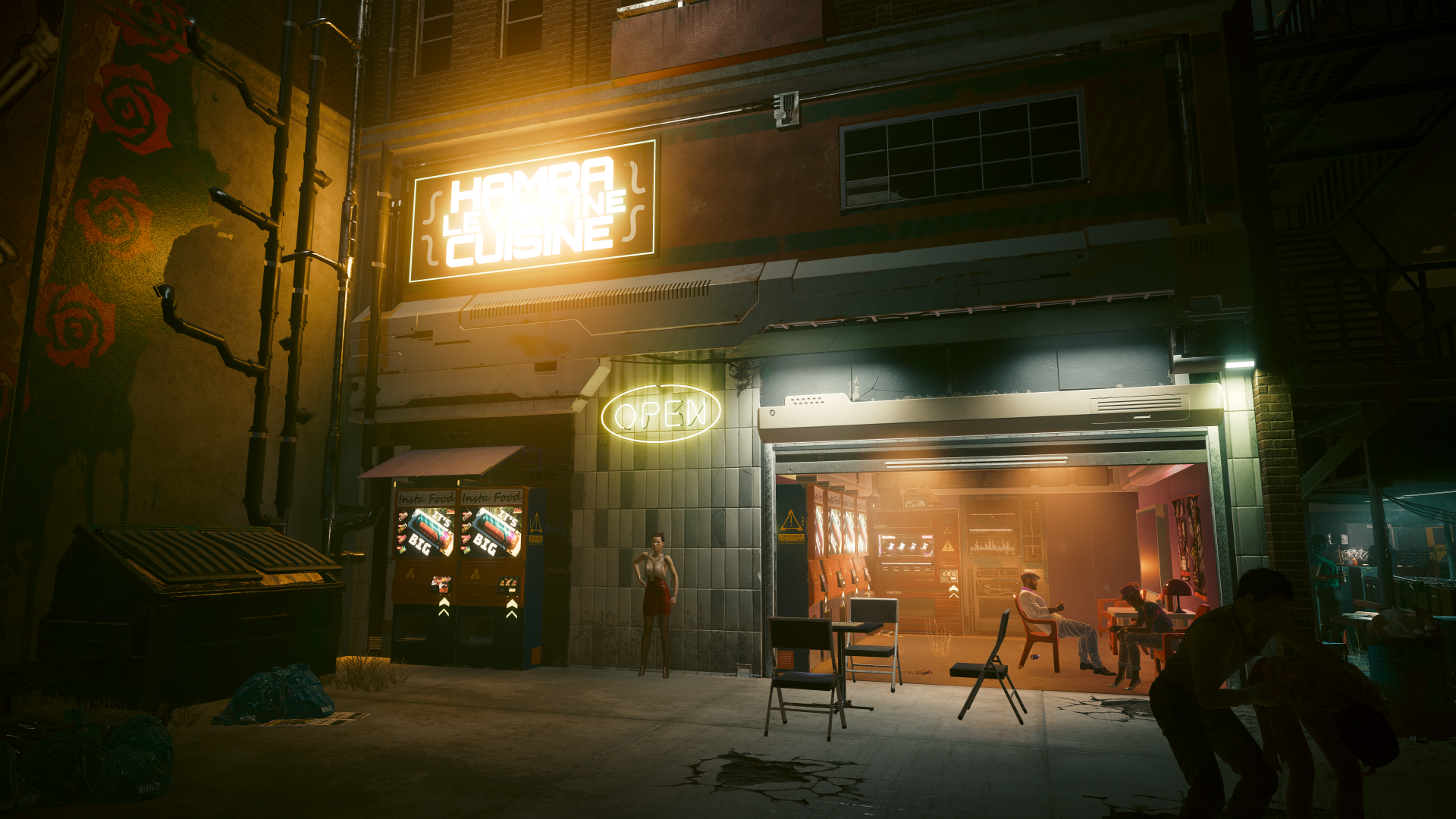
So if you too are finding yourself obsessed with having ray tracing in Cyberpunk 2077 turned on, even if it is just for a bit, try turning it off. Because as Dave James recently showed so well in PC Gamer's best settings for Cyberpunk 2077 feature, you'll not only get a huge frame rate boost but you might also have forgotten just how good this game looks without any of the bells and whistles.
Rob is editor of PC Gamer magazine and has been PC gaming since the early 1990s, an experience that has left him with a life-long passion for first person shooters, isometric RPGs and point and click adventures. Professionally Rob has written about games, gaming hardware and consumer technology for almost twenty years, and before joining the PC Gamer team was deputy editor of T3.com, where he oversaw the website's gaming and tech content as well its news and ecommerce teams. You can also find Rob's words in a series of other gaming magazines and books such as Future Publishing's own Retro Gamer magazine and numerous titles from Bitmap Books. In addition, he is the author of Super Red Green Blue, a semi-autobiographical novel about games and gaming culture. Recreationally, Rob loves motorbikes, skiing and snowboarding, as well as team sports such as football and cricket.

